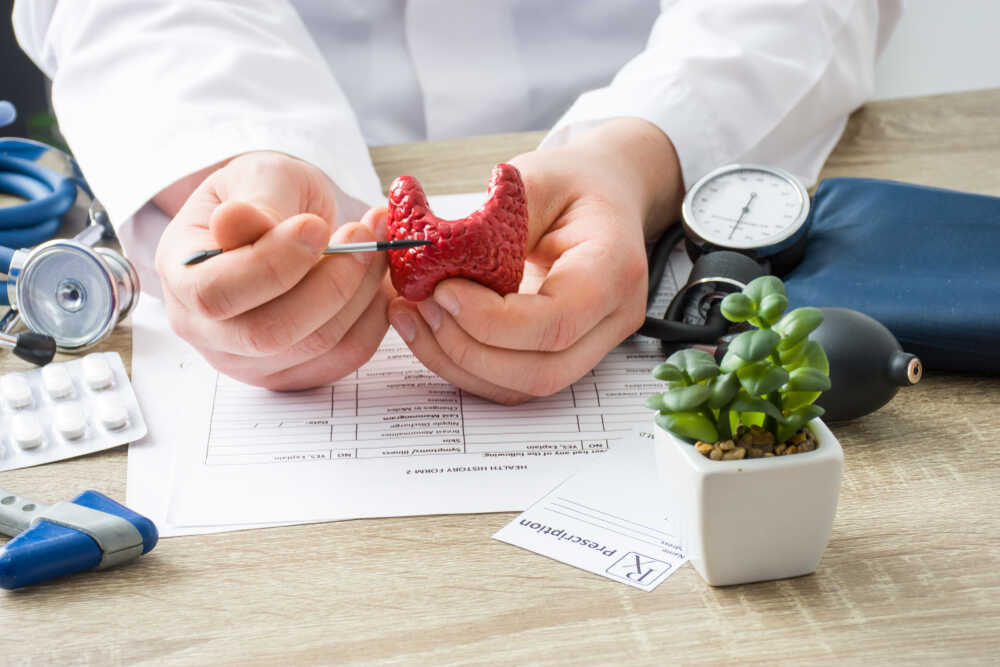Lung Cancer Stages
Lung cancer can be classified into four different stages. Each stage represents the progression of cancer.
The tumor has not spread beyond the lung tissue.
* Cancer has spread to nearby nodes.
Stage 3: Cancer has spread to other parts of chest.
Stage 4: Cancer has spread to other parts of the body.
Risk Factors
There are several factors that increase the risk of lung cancer. These include:
* Smoking is the most significant lung cancer risk factor. The more cigarettes and longer you smoke each day, the higher your lung cancer risk.
* Exposures to carcinogens can increase your risk of lung carcinoma.
* History of the family: An increased risk of lung cancer is associated with a family history.
* Personal History of Lung Disease: People with a history chronic lung disease, such as COPD, or emphysema have an increased lung cancer risk.
Even if you don’t smoke, lung cancer can still occur.
Types and Stages of Lung Cancer
There are two types of lung cancer:
About 15% of lung cancer cases are small cell lung cancer. This type of lung cancer tends to spread and grow more rapidly than non-small cells lung cancer.
Non-small cell pulmonary cancer is the most common type of lung cancer, accounting for about 85%. It grows and spreads more slowly than small-cell lung cancer.
There is a wide variety of subtypes for non-small cell lung carcinoma, including:
* Adenocarcinoma: Non-small cell lung carcinoma that starts in glands.
* Squamous Cell Carcinoma: The lung cancer that starts in flat cells that line airways.
* large cell carcinoma : This lung cancer is a rare type that can occur anywhere in the lungs.
You will be diagnosed with the type of lung cancer that you have, so your healthcare team can determine a prognosis for treatment and your treatment plan.
If you have lung cancer, you may experience the following symptoms:
Bloody Cough or Persistent Cough
A persistent and new cough is one of the symptoms of lung carcinoma. It can be either a dry or phlegmy cough. The cough can sometimes produce blood.
Shortness in Breathing
Even if you’re not physically active, lung cancer can cause shortness-of-breath. This could be due to a tumor, or a fluid buildup that blocks the airways.
Chest Pain
You may feel chest pain if the tumor or fluid build-up presses on the nerves surrounding the chest wall. The pain may be dull or sharp, and can worsen when you cough or deep breathe.
Changes in Voice
The cancer of the lungs can also affect your voice. You may find that you have a hoarse or raspy voice. The tumor could be pressing on the vocal cords causing irritation or swelling.
Fatigue and Weight Loss
Tumors tend to take energy and nutrients away from the body as they grow. This leads to fatigue and weight gain. Even if you eat a healthy diet and have no other symptoms, this can still happen. As the cancer spreads it can also cause anemia and other nutritional deficiencies that can lead to fatigue.











